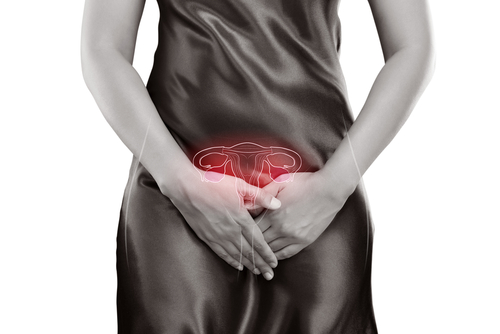Researchers found that treatment of endometriosis by completely or partially removing the uterus (hysterectomy) or removing lesions via laparoscopy surgery can promote very different outcomes.
Surgical treatment of endometriosis can have great implications in the quality of life of patients, as it is associated with serious surgical complications and increased administration of painkillers, according to a study published in the journal Advances in Therapy.
Despite many efforts, no cure has been discovered for endometriosis. Treatments are focused on symptom management, based on drug therapies to reduce pain and hormones to manage endometriosis-associated infertility. However, surgery remains the more effective treatment strategy shown to improve fertility and manage pain in patients who do not respond to pharmacological treatments.
Laparoscopy surgery is the most commonly used strategy to remove endometriotic lesions and to achieve pain relief. But 30 to 50 percent of treated patients experience disease recurrence within 5 years, requiring additional surgical treatment for symptom management.
In more severe cases, hysterectomy and removal of the ovaries and the fallopian tubes can be considered as alternative treatment. However, inconsistent outcome reports on this less-conservative surgical approach have raised several questions about its overall benefits for patients.
In the study “Treatment Patterns, Complications, and Health Care Utilization Among Endometriosis Patients Undergoing a Laparoscopy or a Hysterectomy: A Retrospective Claims Analysis,” a research team led by Bowdoin Su, MD, associate medical director of medical affairs at AbbVie, evaluated the outcome within 1 year of follow-up of patients who underwent hysterectomy and laparoscopy surgery for treating endometriosis.
The researchers analyzed clinical information of 62,223 women who underwent surgical treatment for endometriosis between 2004 and 2013. The data was collected from the Truven Health Analytics Marketscan Commercial Claims and Encounters (CCAE) database.
After analysis of the information regarding medications prescribed, reported complications and hospitalizations during the immediate year after the surgical treatment, researchers found significant differences between the women who underwent hysterectomy and laparoscopy.
Women who received laparoscopy were more likely to initiate hormone therapy with GnRH agonist, progestin, Danocrine (danazol), or to take opioid analgesic compared to women who underwent a hysterectomy. In contrast, hysterectomy was associated with higher incidence of complications.
Overall the team concluded that endometriosis patients included in the analysis had a higher risk of experiencing surgical complications, subsequent surgeries, and hospital admissions, both during and after their initial therapeutic laparoscopy or hysterectomy.
“The results of this study suggest that better nonsurgical treatments could potentially improve patient outcomes and the quality of life of millions of American women,” the researchers wrote.

